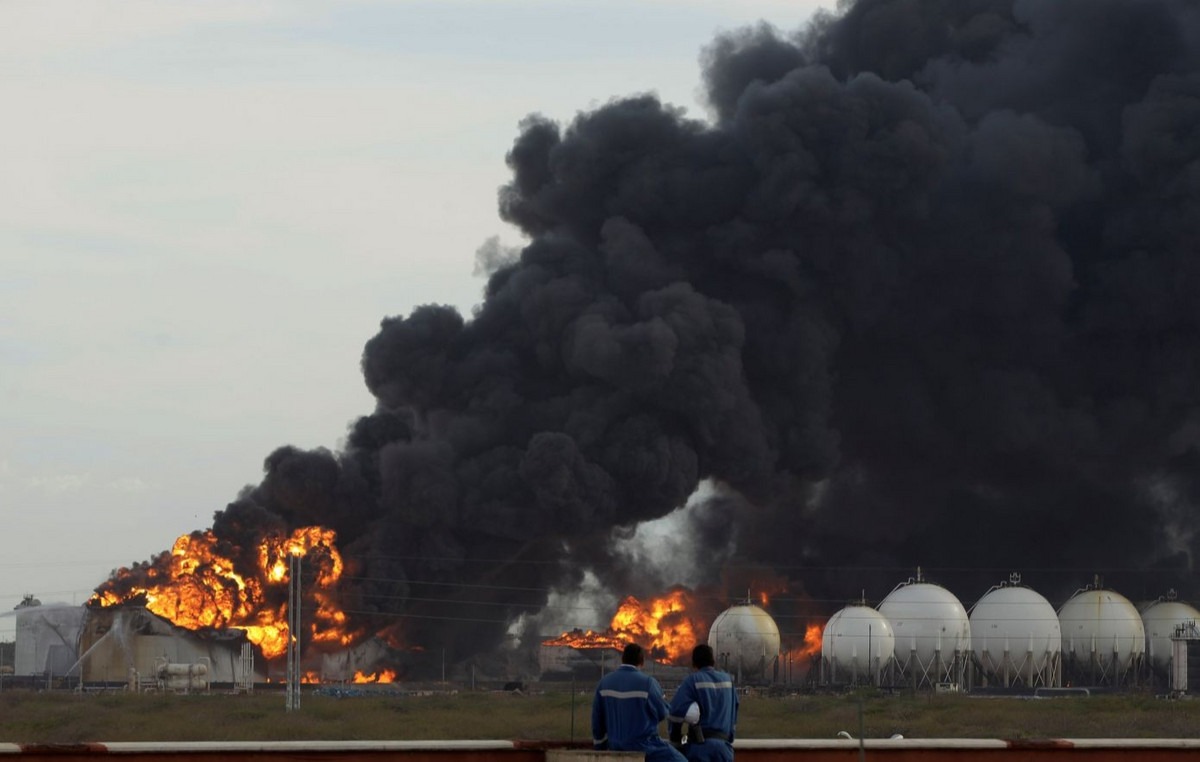The real estate market went through a phase of appreciation in the first part of 2021, driven, above all, by the deals closed last year, when the Selic — the basic rate of the economy — reached its historic low, and by the impulse for change that affected several people in the pandemic .
If, on the one hand, low interest left the moment in the last year extremely favorable for those who wanted to buy, on the other hand, the scenario became more attractive this year for those who wanted to sell. Now, however, the situation – which was not so easy for the first group – should get worse for everyone.
The FipeZap index, one of the main references for prices of properties in Brazil, it rose 0.43% in October, the same value as in September, accumulating an increase of 4.23% in the year.
But experts heard by the CNN Brasil Business are already starting to point to a more unfavorable scenario for those who want to buy and sell real estate compared to the first half of 2021.
The main reasons for this worsening are the rise in inflation and, consequently, in the basic interest rate, Selic — the Central Bank’s main tool to contain prices. Combined, the two factors tend to reduce demand for real estate, which means that prices do not rise as much.
Despite this, the timing is not entirely bad for those interested in buying, as the expectation is that the Selic, a reference for financing rates, will rise even more.
It is worth noting that rental prices are also on the rise, fueled or by the IGP-M or by HICP, Brazil’s official inflation indicator, which is rising more than the FipeZap index.
Real estate price cycles in Brazil
Sergio Cano, professor at Fundação Getúlio Vargas (FGV), states that the real estate market faced a strong recession between the years 2015 and 2017, when the economic crisis brought down demand.
“Real estate prices change a lot due to some variables, but mainly income, which is linked to employment and salary, and interest rates”, he says. In that period, unemployment rose, income fell and interest rates were at high levels. With that, prices retreated.
The scenario was quite different from that found between 2007 and 2014. The period is called the “virtuous cycle” for the sector by Pedro Tenório, economist at DataZAP+. At the time, the Selic rate was not so high, unemployment was low, inflation was controlled and income was high. As a result, the sector had a great expansion, with prices following the high demand.
As of 2018, the economy began to recover, and the Selic rate to fall, which started a recovery, albeit timid, in the real estate market. “In 2019, the market was already on the rise, thinking about price and sales. Everyone expected a robust recovery in 2020”, says Cano.
Mass pandemic frustrated those predictions. The initial period, with the restrictions and stoppage of activities such as construction works and sales stands, severely affected the sector and business. This scenario lasted for a few months, but began to improve in the second half of the year.
For the teacher, the main reason is that many people stayed at home longer, and dissatisfaction with the current property increased, as well as the desire to move.
The down cycle also caused price variations to stay below inflation, increasing the attractiveness and heating up the sector in the second half of 2020 in a context of historically low Selic levels.
“Pricing and sales cycles are natural, building takes time. The pandemic reached the IPCA well, but for FipeZap, what has the most impact is the Selic. If the financing rate falls, demand rises and so does prices,” says Tenório.
The scenario in 2021
The first half of the year turned out to be very favorable for the sector. With the low Selic and the greater desire for change, combined with a beginning of economic recovery, sales rose, as well as prices.
“Going into 2021, this recovery continued thinking about price and sales volumes, with this more present search for real estate, and many people migrating from the city looking for a better quality of life with the idea of the home office”, says Cano.
As a result, FipeZap rose month after month, reaching a peak of 0.64% in July. From there, however, it slowed down, with smaller increases. The movement took place exactly amid the rises in the IPCA and the Selic rate. For Cano, this already reflects a lower demand.
“We already imagined that, due to the increase in inflation and other variables, the interest rate would rise in the second half. What we didn’t imagine is that it would go up so much and so fast”, says Cano.
The DataZAP+ economist says that the rise in the IPCA follows a context of global inflation, along with a unemployment high and a greater demand with the reopening. For him, the phenomenon is momentary, but it impacts real estate prices.
“This means that properties have lost an opportunity for relative appreciation, because with the rise in interest rates that has already taken place and will continue, the cost of purchase will increase,” he says.
As a result, his perspective for 2022 is that the FipeZap index will be weaker, as there will be less momentum from the reopening and higher interest rates.
In this sense, Sergio Cano says that “those who can buy in the first half had more advantage, found more favorable factors, with prices still below those practiced in the period of the real estate boom until 2014, and relatively low interest and credit rates”.
For the professor, “this could be negative for the market thinking about 2022, considering that the Selic rate and inflation could rise further. Inflation takes away purchasing power for the population as well”.
Tenório says that the current context is unfavorable for both those who want to sell and those who want to buy, but that it is important to be aware of the dynamics in each state, city and even neighborhood, since it is possible to find particularities in each of these spheres, and thus , come across more advantageous offers.
In the accumulated result until October 2021, the biggest increases are in Vitória (17.55%), Maceió (14.13%), Florianópolis (12.58) and Curitiba (12.35%), well above the national average. Salvador (1.48%), Rio de Janeiro (1.80%), Belo Horizonte (2.27%) and Recife (3.15%) have the lowest rises, below the average.
The second half of 2021 may still be more favorable for purchases than the first months of 2022, for example, when an even higher Selic is expected. “It’s still an interesting time to buy, prices have already gone up, but they’re still recovering thinking about values at their peak until 2014,” says Cano.
Reference: CNN Brasil
I am Sophia william, author of World Stock Market. I have a degree in journalism from the University of Missouri and I have worked as a reporter for several news websites. I have a passion for writing and informing people about the latest news and events happening in the world. I strive to be accurate and unbiased in my reporting, and I hope to provide readers with valuable information that they can use to make informed decisions.







